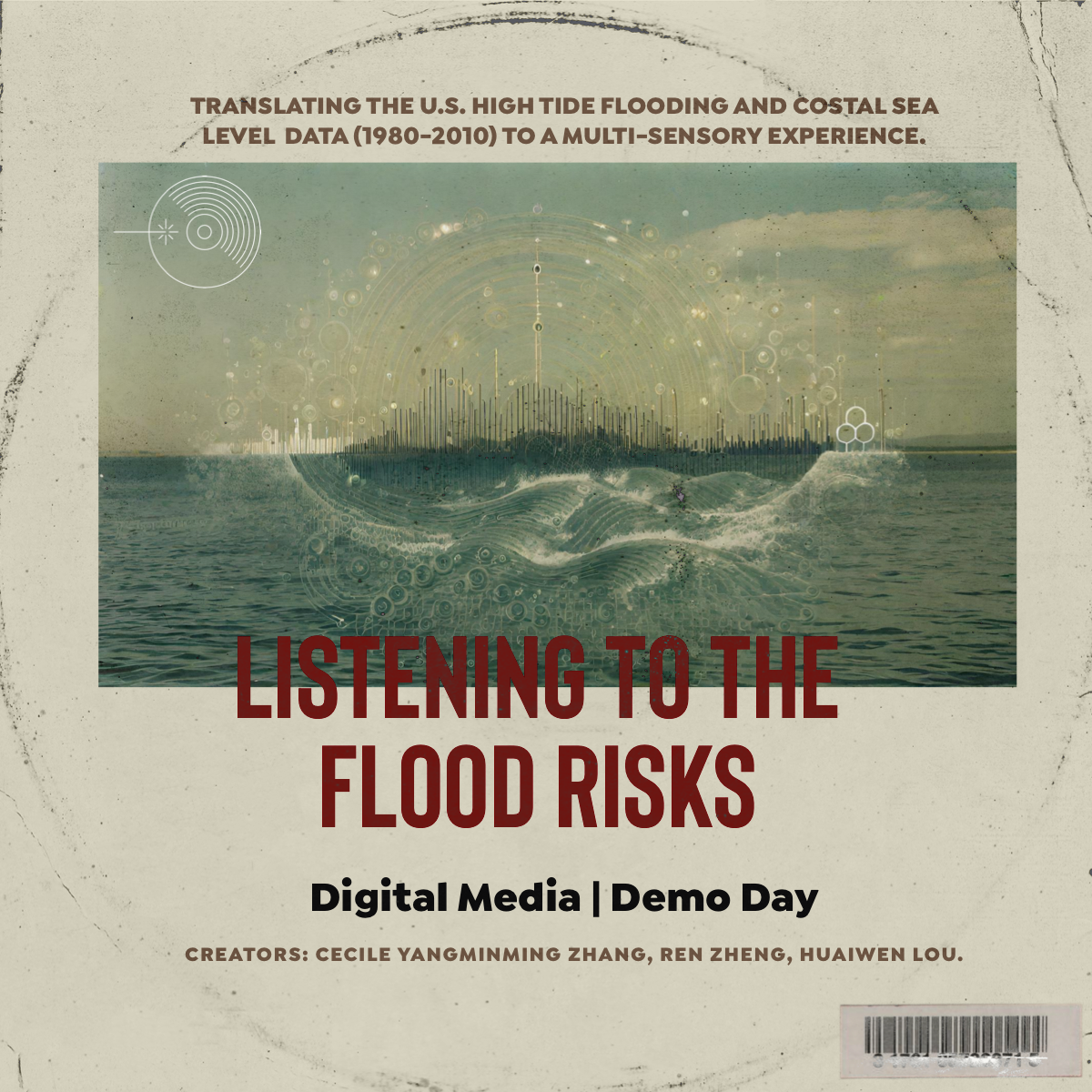Demo Day 2024
Digital Media Demo Day is back! This annual event is a chance to build connections, experience exciting new projects, and create a shared sense of community through the amazing work of the Digital Media Program. It is the time each year when DM takes the spotlight in front of our campus, the industry, and all our community partners.
Come meet all of the DM researchers, faculty, and graduate students as they demo their latest interactive artifacts. Sneak peak to projects coming soon!
The doors are open Wednesday, April 10 from 12:30 - 4:30 pm on the 1st Floor of Technology Square Research Building.
Swarm Body VR
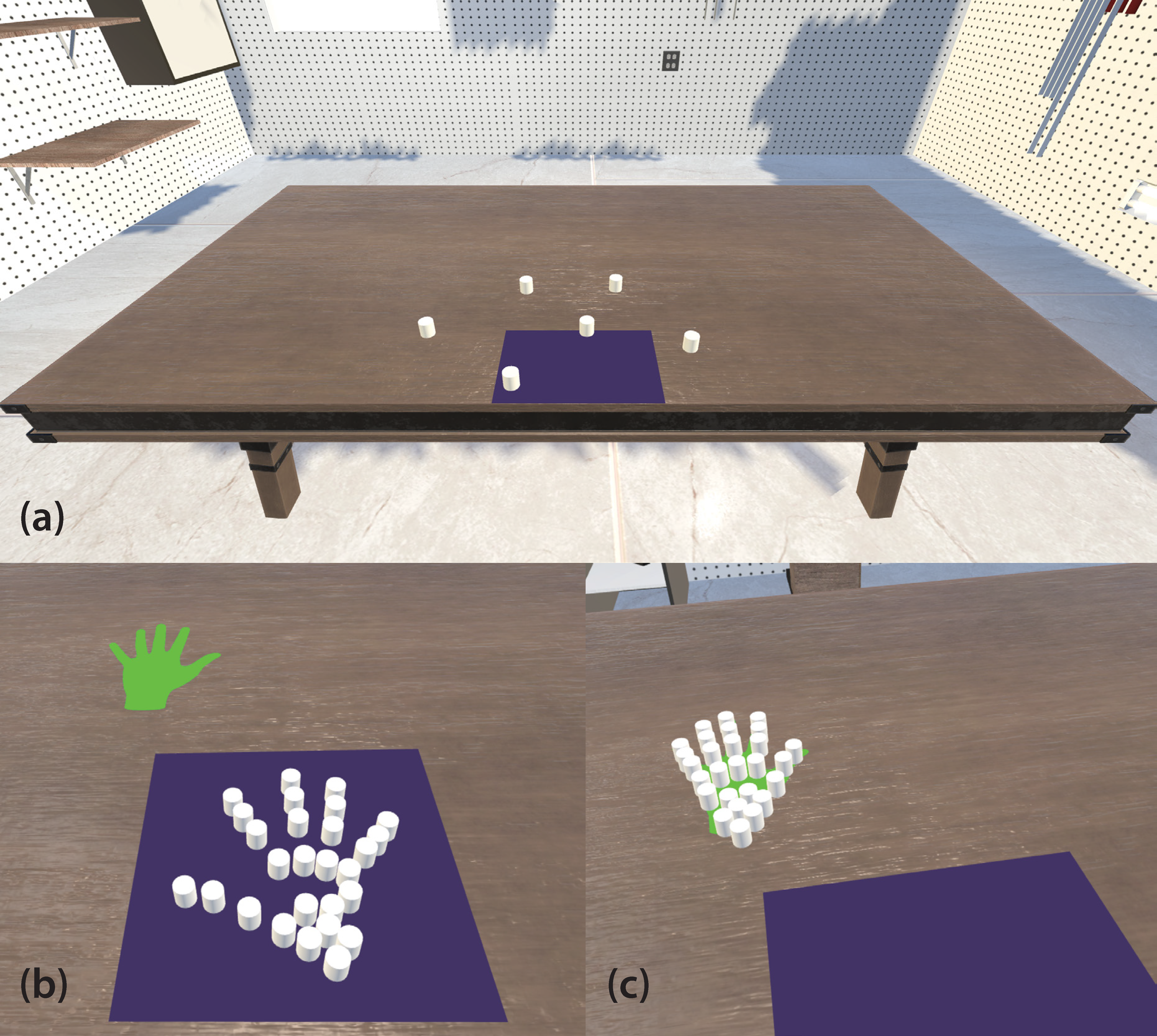
LuminAI
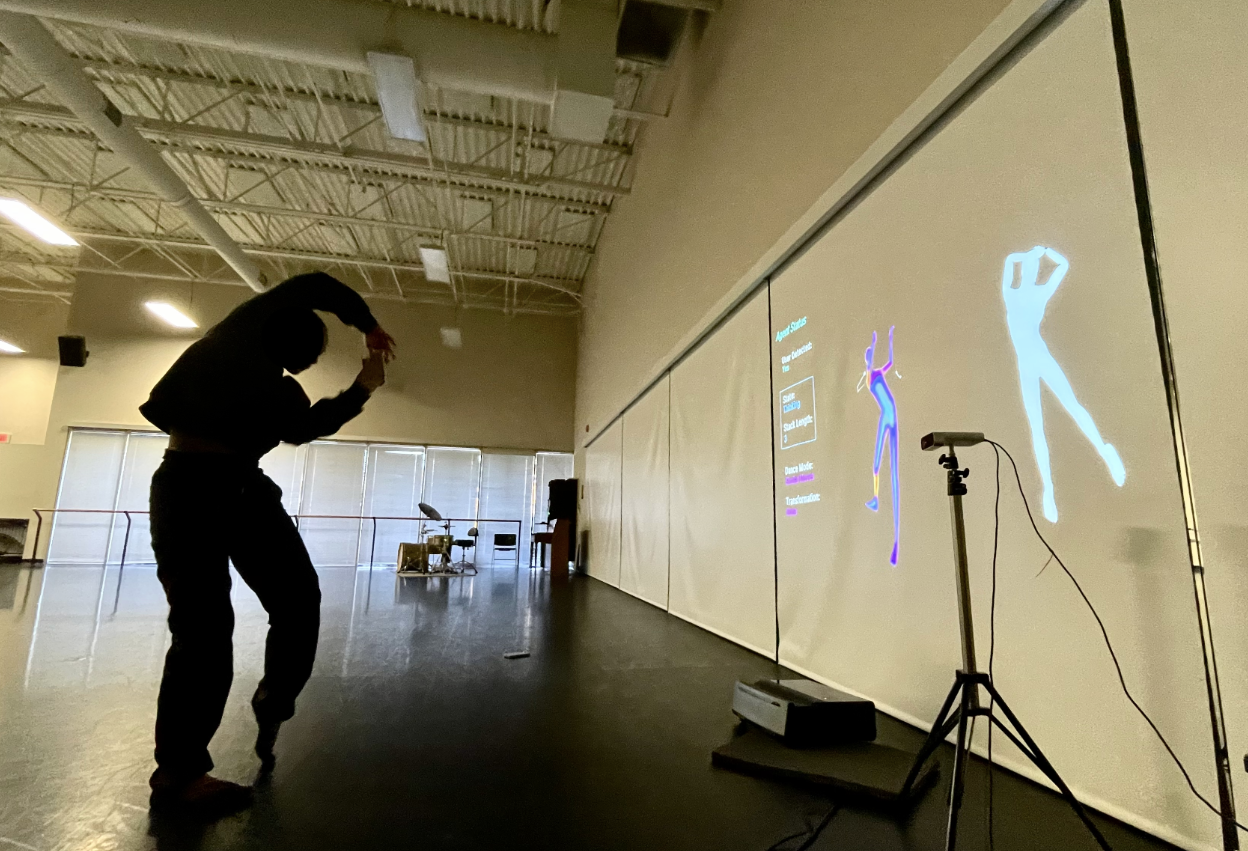
Lights will guide you home
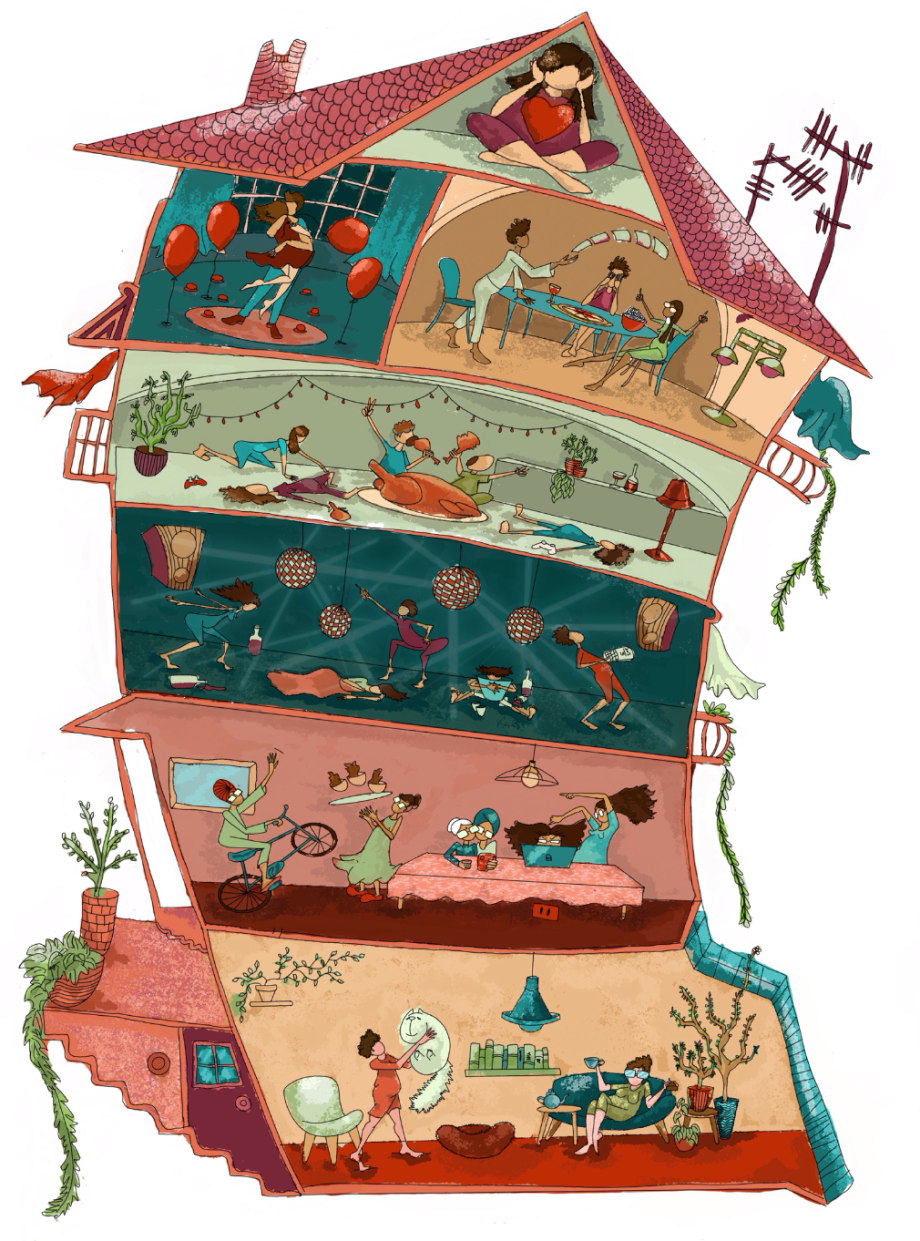
BioVR
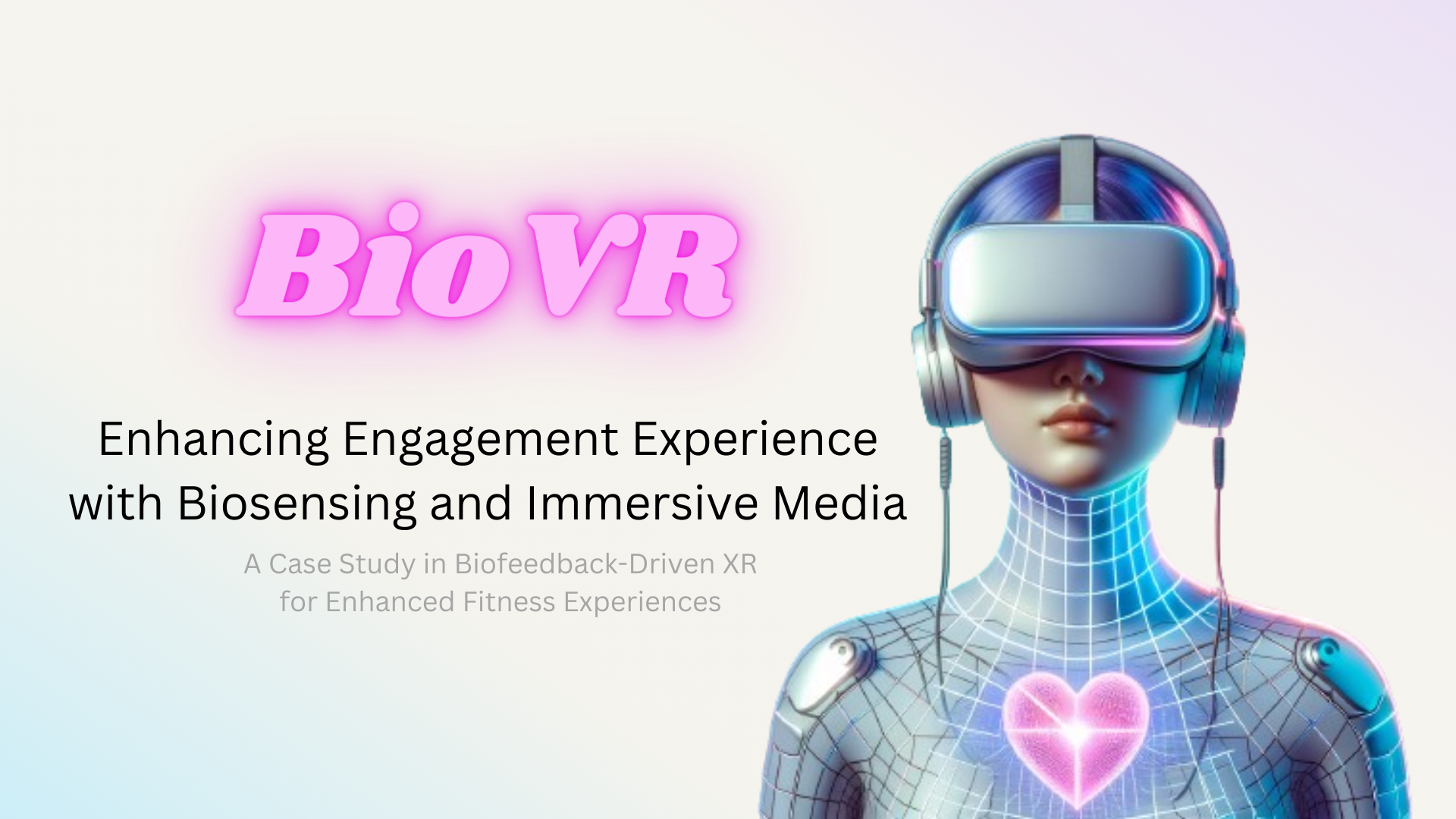
Horizons in AI Film Ethics
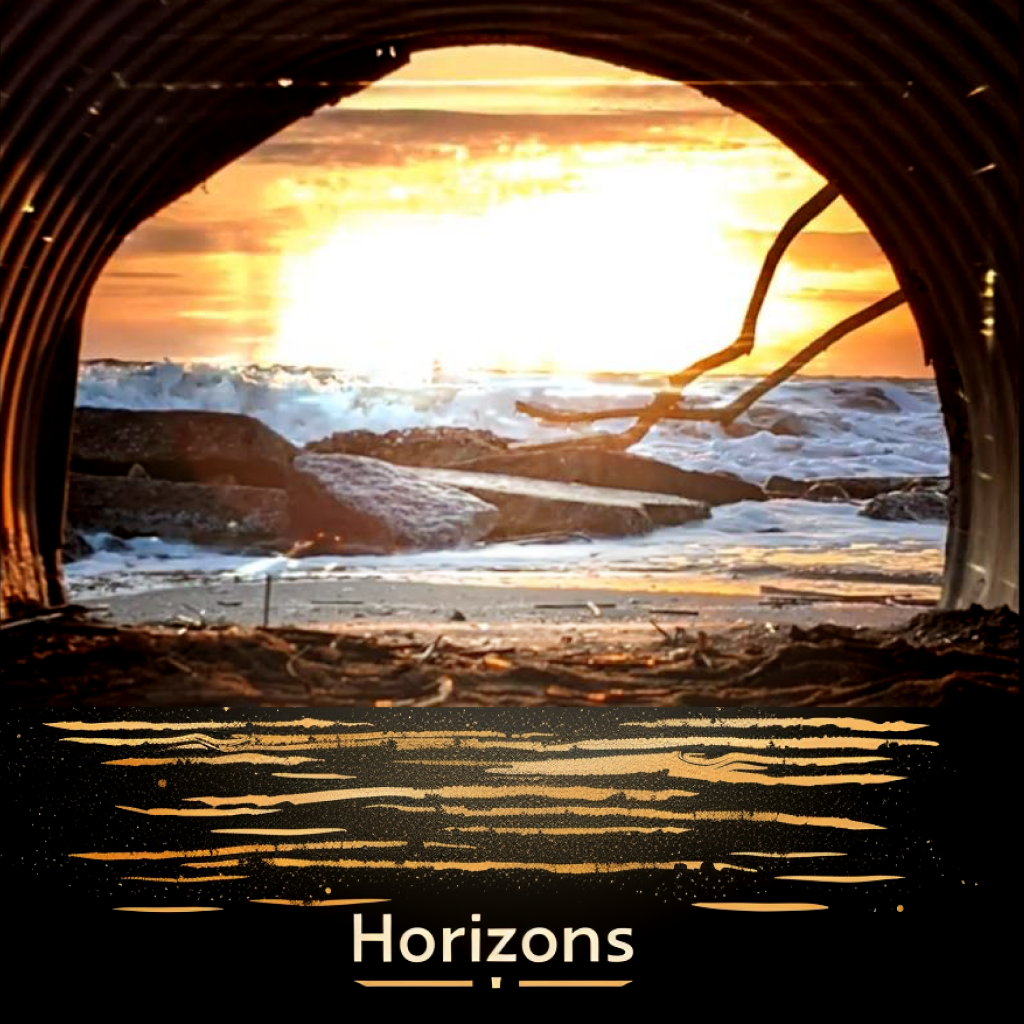
Augmented Environments Lab
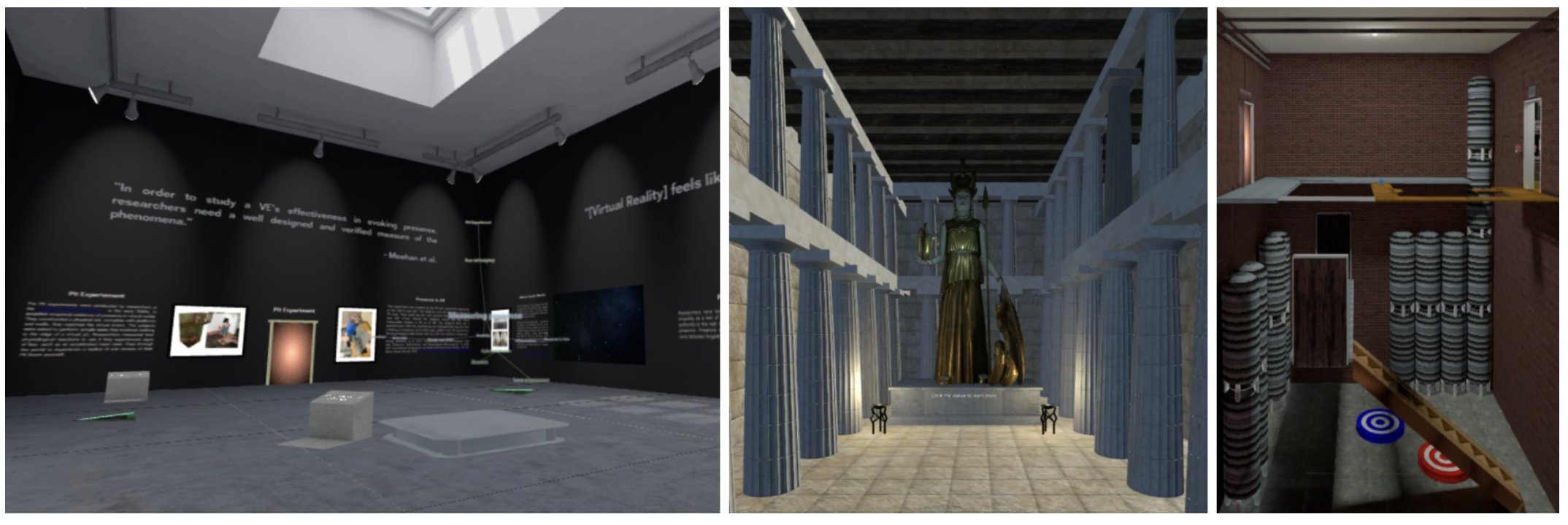
Augmented Intermediates: Pinball Explorer
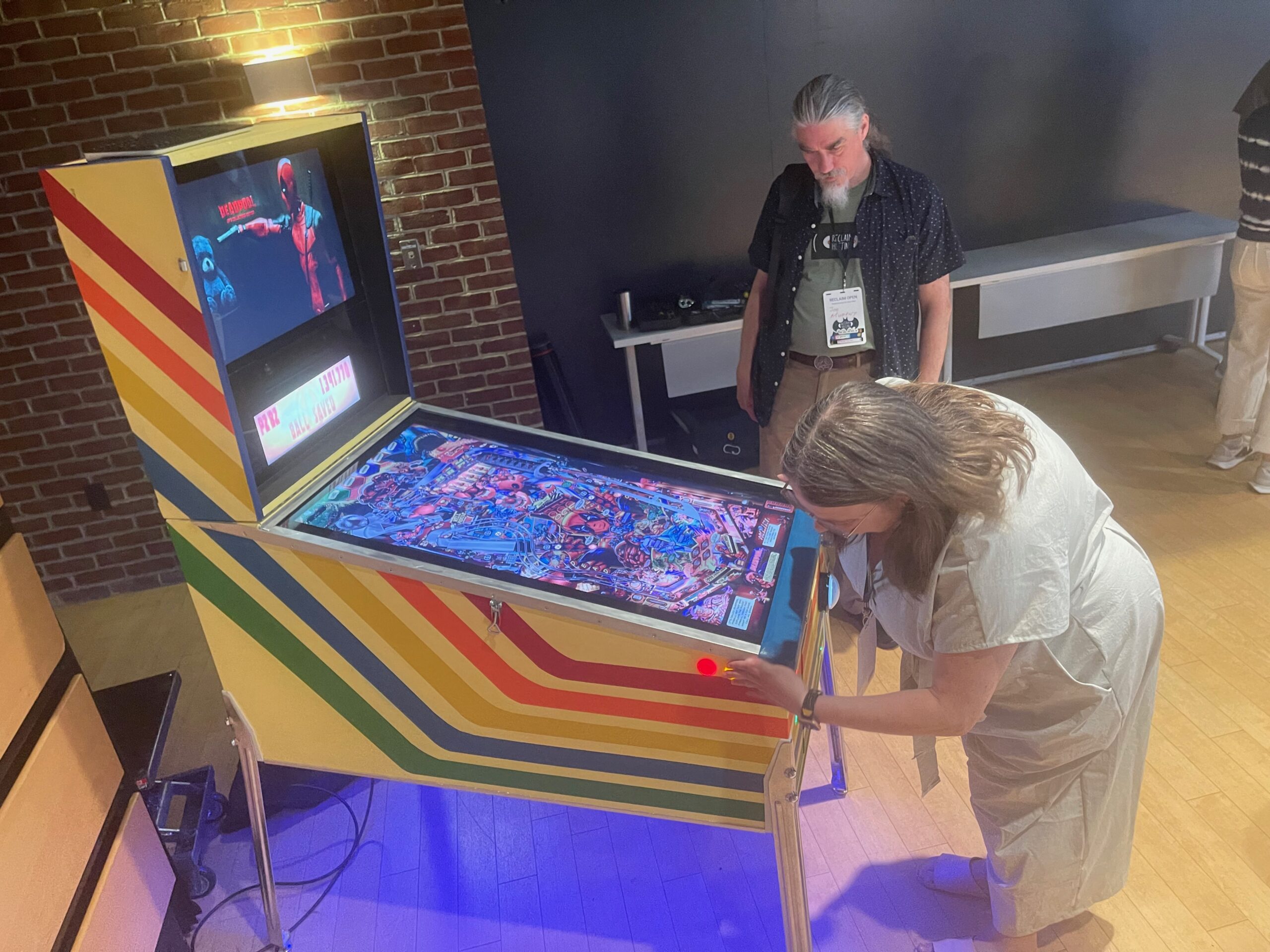
Embodied Experience Design – Lights Eyes Closed
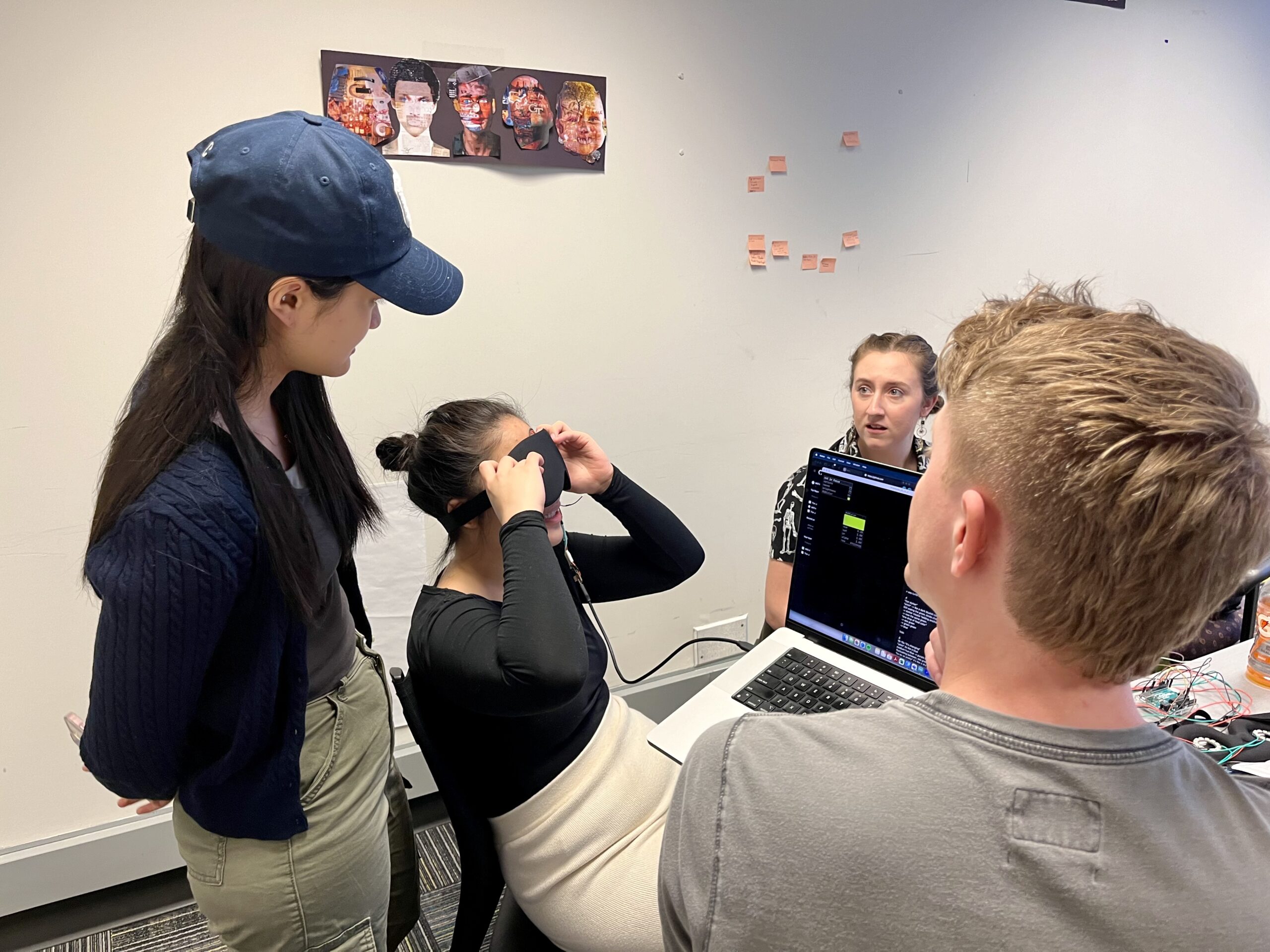
Mailchimp mobile SMS

Fostering AI Literacy through Embodiment and Creativity
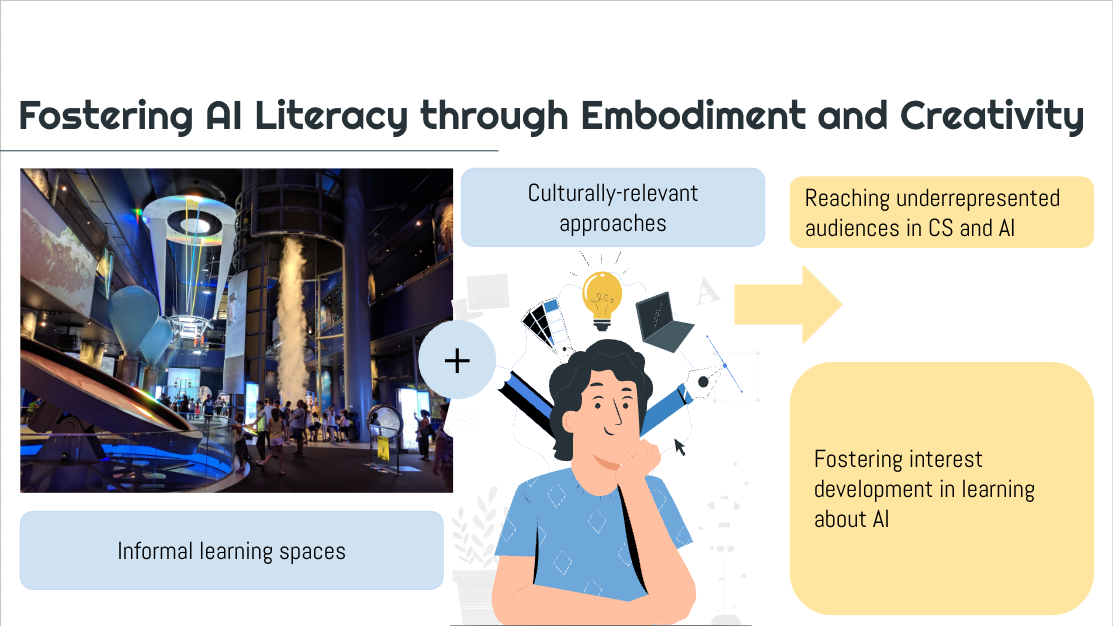
Designing for Trust: an onboarding experience with Emotion AI

Listening to the floodrisk
